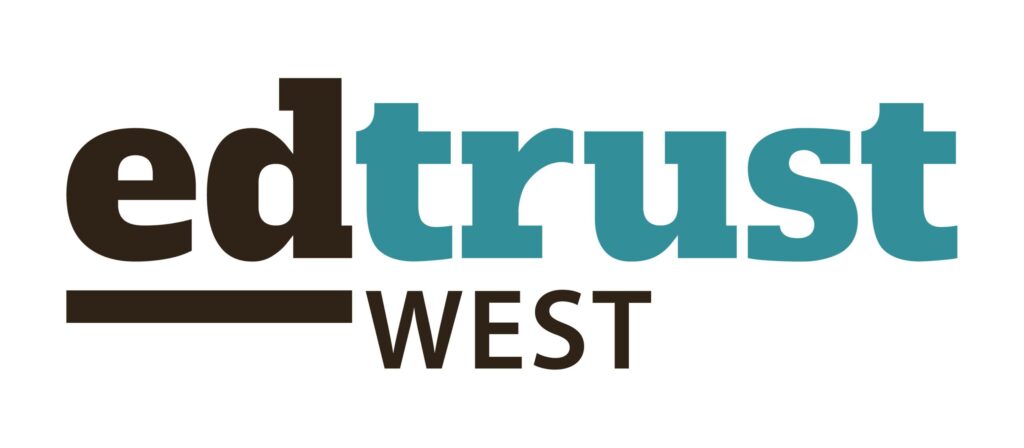Despite living in an era where an almost-incalculable amount of information is available at the entering of a smartphone passcode, any high school or college student will tell you – navigating postsecondary options is a dizzying maze. Disconnected information on programs, requirements, transfer options, and financial aid options can stress students out and limit both their success and that of the hundreds of higher education institutions. While California has taken steps to smooth out a student’s path to and through college after high school with efforts like the California College Guidance Initiative and investing in a new Cradle-to-Career Data System, a state as big and complex as California needs a comprehensive effort to align these systems. Fortunately, the state is taking steps to do just that – not only aligning information on post-high school education options, but doing so through a new Master Plan for Career Education that “aims to promote equitable access to high-paying jobs by addressing structural barriers and strengthening education and training pathways.”
A Master Plan can bring together public and private-sector institutions, intentionally align and strengthen infrastructure and information sharing, connect overarching principles around inclusion and equity with recommendations around policies and practices, and leverage financial and other resources strategically. By issuing an executive order for a new Master Plan for Career Education in late 2023, Governor Newsom also laid the initial groundwork for addressing an increasingly outdated concept of career technical education as separate from traditional ideas of “college”. The governor’s plan instead calls for integrated systems that recognize the power of multifaceted institutions and training programs, along with considering how career education can and should be ongoing throughout one’s career.
As advocates for increasing racial equity for students across the state, we’re encouraged to see the Governor’s July 2024 report on community design sessions for the Master Plan identifies promoting equity and addressing barriers as key goals. And we’re eager to see how those sentiments get translated into tangible parts of the state’s new Master Plan. As we recently mentioned in our statement and support letter, we see a big opportunity to codify crucial priorities in the Master Plan in a way that promotes action, including providing adequate financial aid to cover the full cost of attendance, using the Cradle-to-Career Data System’s tools to help students chart a path to college and career, building pathways into teaching for students of color and multilingual students, and requiring all high schools to offer dual enrollment.
The proof in this pudding, so to speak, will be how various state agencies answer the call from the Governor and community design sessions and how well the Master Plan for Career Education makes navigating college and career options a smoother path for students. We are encouraged that, so far, the Master Plan stakeholder engagement efforts and design sessions are including students as well as practitioners. As the state moves forward on developing the Master Plan for Career Education, we also urge them to consider how the new Cradle-to-Career Data System can be built in ways that support the state’s Master Plan efforts. You can learn more about the Master Plan for Career Education on their website here and EdTrust-West’s recommendations here. Please join EdTrust-West’s email list here for important updates on this and other efforts to increase college access and success.


